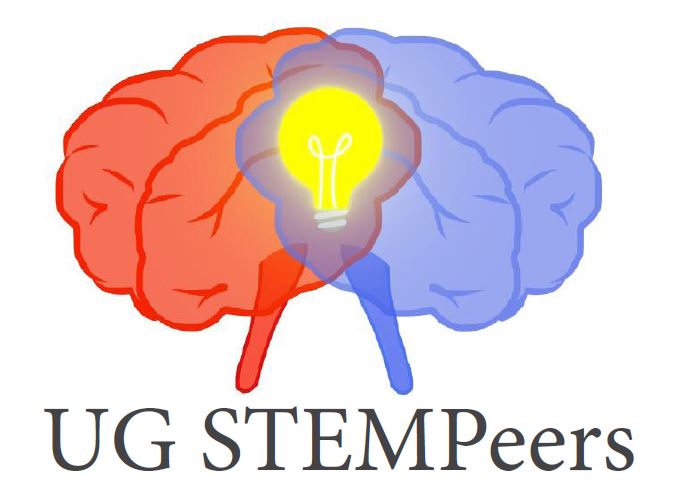Drugs whose disadvantages overshadow the benefits seem to be quite common in the field of medicine. Warfarin, a blood thinner, falls under this very category. Read this interesting article to know more!
Tag Archives: Biochemistry
EVOLUTION
Tease you brain with this interesting crossword on all the theories behind the origin of life – and everything afterwards!
The ‘G’-lymphatic system
The lymphatic system is well-known for its role in the body’s defence system against internal as well as external threats. But that’s not all. Along with its defence-oriented functions, the lymphatic system plays a major role in maintaining fluid balance in the body. The central nervous system or CNS is characterized by a disproportionately high metabolic rate along with a complex and extremely environment-sensitive synaptic transmission that can be hampered due to the accumulation of waste metabolites. However, there is no evident conventional lymphatic organisation in CNS. Read this article to find out about the newly discovered glymphatic system, a macroscopic waste clearance system directly involved in the transport of waste metabolites and solutes generated by the CNS!
Jean-Martin Charcot
Multiple sclerosis or MS, a chronic autoimmune disorder affecting the central nervous system, is now a well-known recognised disease. Professor Jean-Martin Charcot, also known as the ‘father of neurology’ (le pere de la neurologie) was one of the most prominent scientists who clinically examined and understood this disease, classifying it as a distinct disease in the year 1868. Read this article to find out more about his life’s journey and this ground-breaking discovery!
Excite your Neurons!
Challenge your brain with this exciting crossword on neurobiology!
Mosaics in Membranes: Membrane Structure and Fluidity
Although invisible to the naked eye, the world inherently possesses an exceptional degree of randomness. Air molecules are in constant motion, moving to occupy available space and undergoing numerous collisions and interactions among themselves. This is the nature of the molecular world. Even water molecules are constantly moving, colliding and interacting with each other. Similar considerations can be applied to cells, which turn out to be essentially vast mixtures of biologically important molecules in perpetual motion that collide and interact with each other. To contain these biomolecules and thus bring about the entity we know to be a cell becomes a necessity and this role is fulfilled by biological membranes. Understanding the structure and functions of these biomembranes became an important goal in the 20th century. Read this article to find out how scientists aimed to devise a model that may effectively explain the organisation and purpose of biological membranes!
The Millennium Problem – Protein Folding
Predicting the three-dimensional structure of proteins can have a wide range of applications which include the synthesis of novel drugs, enzymes to digest plastic and even sequestering carbon dioxide from the air to produce biofuels. But the process of prediction has been one of the longest-standing challenges in science, with protein folding being one of the major hindrances in establishing a three-dimensional structure. Read this article to understand the ‘Protein Folding’ problem and the use of artificial intelligence to solve it!
Dr. Jennifer A. Doudna
CRISPR is a word that fuels the imagination of science enthusiasts with its never-ending applications and simplistic design. Basic sciences, biotechnology and disease therapy are a few of the many realms where CRISPR thrives today. Among the visionaries behind the creation of this stellar molecular tool stands Dr. Jennifer Doudna. Read this interesting article to find out more about her life and achievements!
Crossword on Mendel and Genetics
With Gregor Mendel’s 200th anniversary, dust up your knowledge with this Bazinga on Genetics!
Dr. Jayant Bhalchandra Udgaonkar
Born on the 22nd of March, 1960, in the state of Maharashtra, India, Dr. Jayant Udgaonkar is an accomplished biochemist and molecular biologist. His research focuses on studying protein folding, unfolding and misfolding
